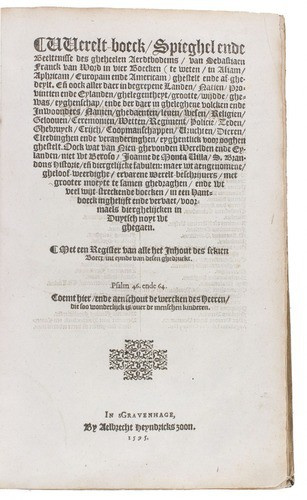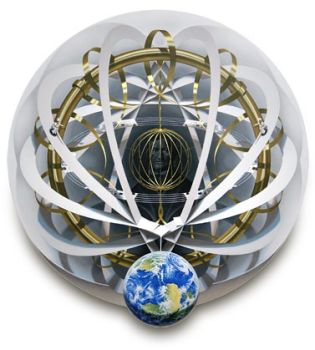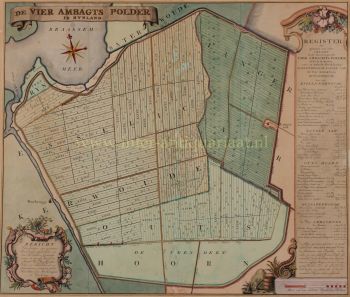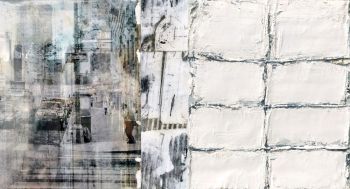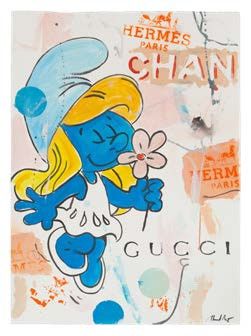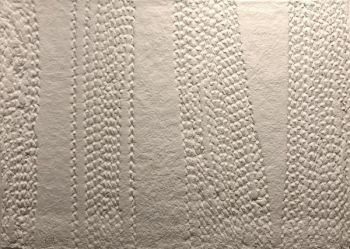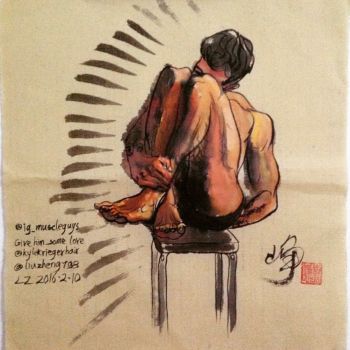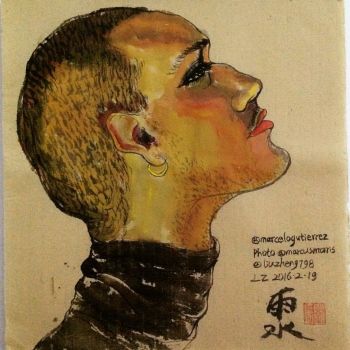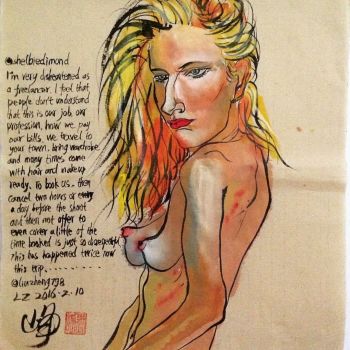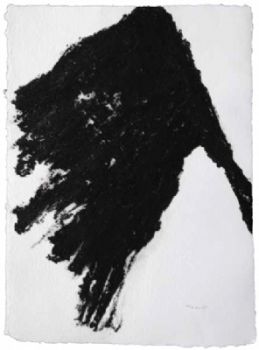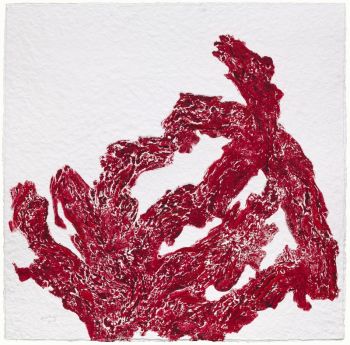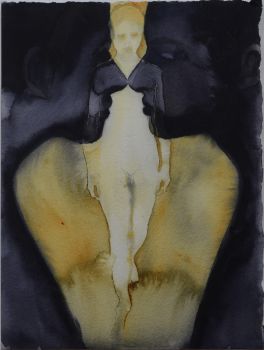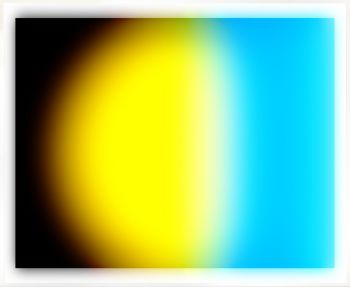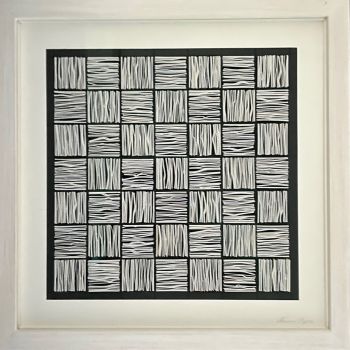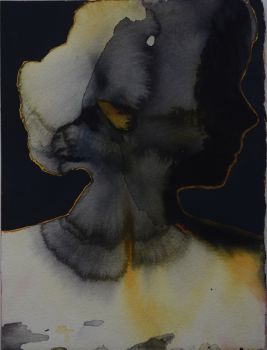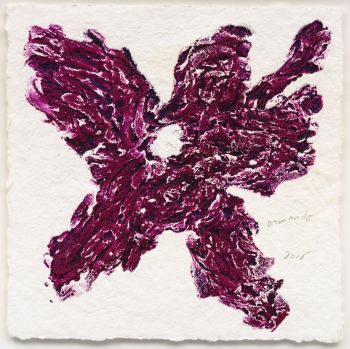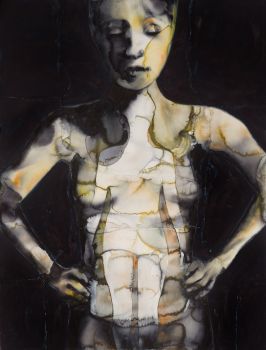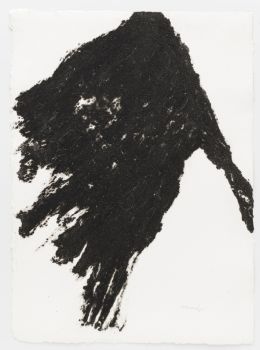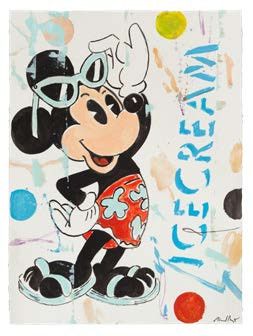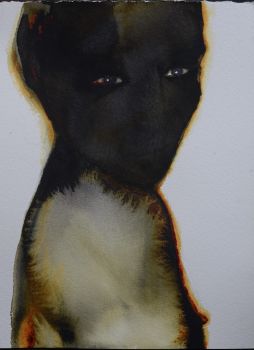Tolerant comparison of world religions 1595
Sebastian Franck
PapierPapier fait mainCuir
Actuellement indisponible via Gallerease
- Sur l'oeuvre d'artWerelt-boeck, spieghel ende beeltenisse des gheheelen aerdtbodems, ...
The Hague, Albrecht Heyndricxz., 1595.
Folio.
17th-century parchment, new endpapers.
Fourth Dutch edition of a description of all lands and peoples of the world and particularly their customs and religious beliefs, with chapter 4 devoted to America and chapter 3 on Asia giving extensive coverage to Syria, Arabia and the Middle East, including a description of Mecca and the Kaaba. Franck (1499-1542/43) studied at Heidelberg, became a priest and in 1527 a Lutheran minister, but was critical of Catholics, Lutherans, Zwinglians and Anabaptists, and found common ground with heretics such as Michael Servetus. His Weltbuch, first published in German in 1534, a remarkable early example of comparative religious studies, came under attack from the established church and he was accused of AnabaptismIt was translated into Dutch in 1560 and proved very popular among Dutch Lutherans and especially Anabaptists, forming a keystone in the thought and writings of Menno Simons and the Mennonites.
With some mostly marginal worm holes in the first few pages, occasional browning and water stains (one sheet rather severely browned) and an occasional marginal tear. Binding slightly dirty and wrinkled. A seminal work with a wealth of information about world religions that still speaks to our time.
Kaczerowsky, Franck A60?; STCN (3 copies); cf. Alden & Landis 595/29; Sabin 25470. - Sur l'artisteFranck (1499, Donauwörth - 1542/1543, Bâle), a étudié à Heidelberg et est devenu prêtre. Peu après 1516, il est nommé vicaire dans le diocèse d'Augsbourg. Vers 1525, il rejoint les luthériens et devient ministre à Nuremberg, mais il reste critique envers les catholiques, les luthériens, les zwingliens et les anabaptistes. S'écartant du luthéranisme, il mettait l'accent sur une vision mystique plutôt que sur une attitude dogmatique. En 1529, Franck s'installe à Srasbourg. Il y devint l'ami du réformateur et mystique Kaspar Schwenckfeld. Expulsé de Strasbourg par les autorités civiles, il part pour Ulm, où il s'établit comme imprimeur. Il écrit Chronica ; Zeitbuch und Geschichtsbibel (1531 ; Livre du temps et bible historique), une vaste histoire du christianisme. Un autre livre célèbre de sa main est le Weltbuch (1534), une description de toutes les terres et de tous les peuples du monde et en particulier de leurs coutumes et croyances. Il s'agit d'un exemple remarquable d'études religieuses comparatives. Ce livre a été traduit en néerlandais en 1560 : Werelt-boeck ; spieghel ende beeltenisse des gheheelen aerdtbodems. Il était très populaire parmi les luthériens et les anabaptistes néerlandais et a profondément influencé les écrits de Menno Simons.
Artwork details
Catégorie
Sujet
Matériel & technique
Related artworks
Engelbert Kaempfer
LIVRE ENGELBERT KAEMPFER1651 - 1716
Prix sur demandeZebregs & Röell - Fine Art - Antiques
Antonie Derkinderen
Memory book Exhibition of Dutch Painting1892
Prix sur demandeKunsthandel Pygmalion
Tilmanus Nicolaus Maastricht
Missale Romanum avec montures en argent hollandais1788 - 1792
Prix sur demandeJacob J. Roosjen SRI
Hermann Nitsch
"UNDER MY SKIN" Signed book incl. small artwork and DVD in a matching box2010 - 2014
Prix sur demandeGallerease Selected
Tilmanus Nicolaus Maastricht
Missale Romanum avec montures en argent hollandais1788 - 1792
Prix sur demandeJacob J. Roosjen SRI
Yoko Ono
YOKO ONO: "ARISING" SIGNED BOOK PLUS SMALL ARTWORK 2010 - 2014
Prix sur demandeGallerease Selected
Antonie Derkinderen
Memory book Exhibition of Dutch Painting1892
Prix sur demandeKunsthandel Pygmalion
1 - 4 / 22- 1 - 4 / 16
- 1 - 4 / 24

